Retail Beginnings and Land Use at Lenox Square (1956-1970)
Before Buckhead became one of Atlanta's busiest retail zones, a Kansas City developer named Ed Noble saw room for a shopping center on what was then open, largely undeveloped land.
His company, J. Noble Properties, bought the site in 1956. Construction started the following summer, in July 1957, and continued through mid-1958.
Lenox Square officially opened to the public on August 3, 1959. At that time, enclosed malls weren't yet common.
Lenox Square began as an open-air center with around 60 stores spread across three sections: Mall, Plaza, and Market.
Anchored by Rich's, Davison's, and Colonial Stores supermarket, the mall brought department store traffic to a part of Atlanta that previously lacked major retail.
The total leasable area was 800,000 square feet, substantial for the era.
The tenant list in 1959 reflected both local demand and retail trends of the late 1950s.
There was a Kresge five-and-dime store, a bowling alley, and an indoor golf driving range - add-ons that helped drive family traffic.
The concourse even had small statues modeled on Uncle Remus characters, like Br'er Fox and the Tar Baby, placed along the main walkway.
A movie theater opened on the Market Level in June 1963, expanding the site's entertainment offerings.
From a land-use standpoint, the mall set a pattern that others followed.
Retail and auto traffic began reshaping Buckhead's layout.
Though Lenox initially didn't anchor any residential buildouts, it planted the area on Atlanta's map as a commercial zone.
That mattered to planners and developers who were looking to create new things to do in Atlanta, Georgia, outside the city core.
As other shopping malls started opening around the region, Lenox Square began facing real competition, but for the first few years, it had a head start.
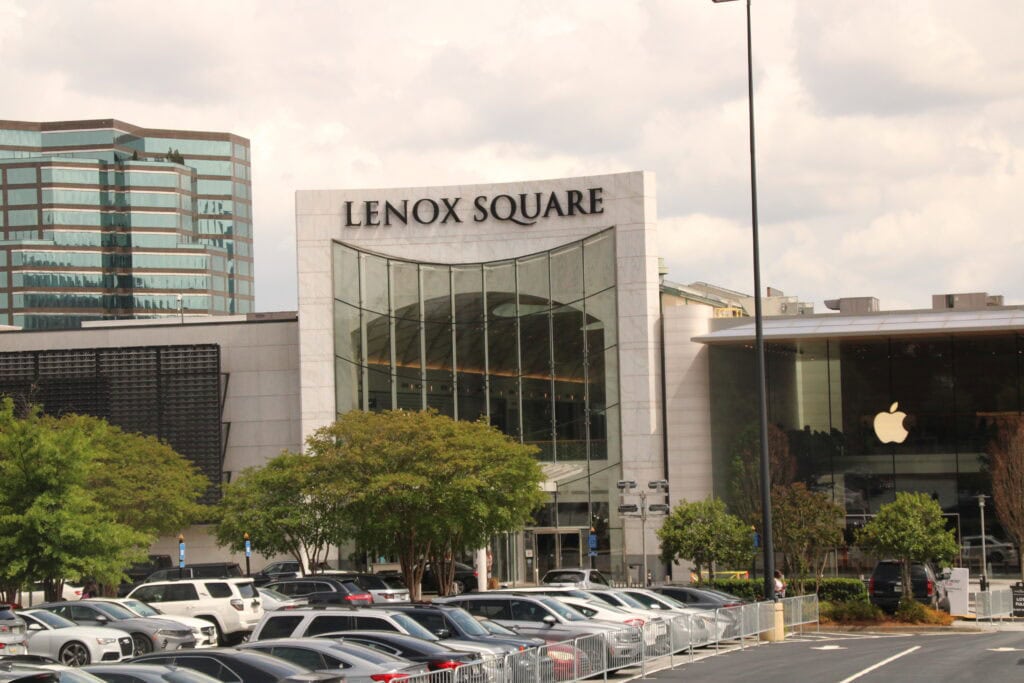
Growth-Driven Remodels and Floorplate Expansion (1970-1990)
By the early 1970s, pressure from suburban retail developments began to reshape how Lenox Square operated.
Enclosing the previously open-air walkways was a practical choice rather than a stylistic one.
Atlanta's weather and customer expectations were both changing, and Lenox followed a pattern that other malls in the region had already started.
One major upgrade during this period was the addition of a new wing and the introduction of Neiman Marcus - its first location in Georgia and its only one in the state as of 2025.
The shift to an enclosed format changed the feel of the mall and also altered its value to property managers and tenants.
Fully indoor walkways allowed for year-round events, better temperature control, and longer shopping hours.
By the end of the 1970s, Lenox Square had already moved away from its 1959 layout in terms of both structure and purpose.
In 1980, another expansion added a three-level section at the rear of the property.
A new food court replaced the older Plaza Court, which had featured open-air seating and a supermarket.
The overall square footage increased to roughly 1.04 million leasable square feet.
Commercial elements were no longer limited to retail.
A 19-story office building and a 24-story hotel were constructed soon after.
The parking layout also changed - a 1,800-space garage with five levels (two of them below grade) supported both the hotel and office tower.
A separate four-level deck was built for the retail side.
Connectivity improved in 1984 when MARTA opened its Lenox Station.
Placed directly next to the shopping center, the rail stop helped anchor Buckhead's transit planning in the years that followed.
For shoppers who commuted or worked nearby, direct train access to Lenox made the site more usable, whether they came for lunch, errands, or end-of-day shopping.
Anchor Turnover and Retail Branding Cycles (1991-2005)
Starting in 1991, Lenox Square became the new home of Rich's flagship store.
The department store, which had left downtown Atlanta that year, brought its holiday traditions and large-scale retail layout into a suburban format.
While the old Rich's at Five Points had defined downtown retail for decades, its new location at Lenox put the brand in a stronger position to compete with national chains already anchored there.
The retail environment kept shifting through the 1990s.
In 1995, Lenox added a second level above its original mall floor.
The change pushed the center's gross leasable area to 1.457 million square feet.
At that time, it became the largest shopping center in Georgia.
That title lasted four years - until the 1.7 million-square-foot Mall of Georgia opened in 1999.
A bigger change came in 2003. Federated Department Stores began phasing out regional names.
The Rich's brand, which had co-branded as Rich's-Macy's for a short time, was retired.
The Macy's at Lenox was then closed and redeveloped into the first Bloomingdale's in the Southeast. The store opened in October 2003.
The design and merchandise mix reflected Bloomingdale's national strategy at the time, which aimed at higher price points and urban styles.
The mall's total number of stores climbed to around 200, and property managers leaned into both luxury brands and national chains.
That repositioning wasn't accidental. With Phipps Plaza located just across Peachtree Road, Lenox had to keep its edge in pricing tiers and store layout.
The years between 1991 and 2005 shaped the long-term identity of the mall's retail footprint in many ways.
Security Measures and Leaseholder Confidence (2007-2020)
In 2007, Lenox Square expanded the Neiman Marcus store by 52,000 square feet and built out a new 36,000-square-foot upper level that connected it back to the main corridor.
That brought the total gross leasable area to 1.545 million square feet.
In 2013, another round of work took place, this time with attention to finishes and frontage.
New lighting was installed both inside and outside.
Landscaping updates, new windows, and façade materials were added.
The aim wasn't to grow square footage but to keep the property aligned with newer malls that emphasized atmosphere and brand visibility from the curb.
But by 2020, it wasn't design that got attention - it was safety.
Seven separate incidents involving firearms occurred on or near mall property that year.
In 2021, a robbery happened just after closing hours.
These weren't isolated to any one corner of the mall, and the pattern raised concerns across retail leases and management offices.
In response, new protocols were rolled out. Visitors under 18 had to be accompanied by adults after 3 p.m.
The security presence grew. Metal detectors, bag checks, and a stronger working arrangement with Atlanta Police were all implemented.
A policy change allowed APD to access security cameras in real-time.
Even with those steps, traffic patterns remained strong.
The mall still attracts over 30 million visits annually, and retail data shows that foot traffic from tourists plays a large role - an estimated 40% of customers in 2009 were from outside the metro.
That group continued to influence how Lenox positioned its tenants and upgraded its interiors over the next decade.
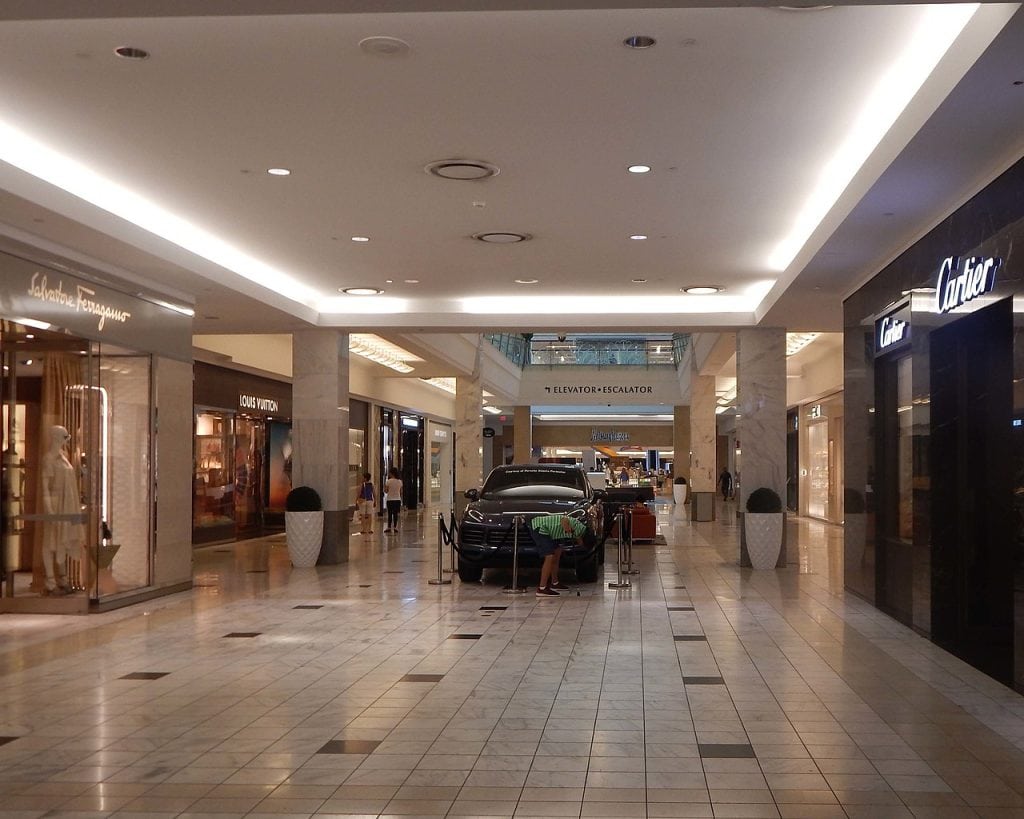
Luxury Leases and Format Changes (2021-2025)
Lenox Square entered the 2020s with an updated roster of retailers and a sharper lean toward upscale brands.
Between 2021 and 2023, a group of newer stores opened across the concourses, including Moncler, Savage X Fenty, The Webster, and Cotton On.
An expanded Apple store launched as well, featuring a redesigned layout that mirrored the company's updated format in other flagship locations.
Retailers weren't only launching - they were relocating within the property.
Gucci, for example, moved into a larger space. Steve Madden and Banana Republic also transitioned to different units.
Rolex, J.Crew, TUMI, and Mayors also adjusted their footprints by expanding, shifting units, or altering square footage.
In 2024, Simon Property Group announced another retail round, with 17 new additions in total.
These included Grand Seiko, Maje, Sandro, and Kate Spade.
Many of these were entering the Atlanta market for the first time.
Others, like Mango and Ray-Ban, brought in revised floor plans that emphasized display over inventory.
This matched newer patterns in in-store brand marketing across U.S. malls.
Not every store held its ground. By January 2025, TYR Sport closed. Moose Knuckles, which had opened in 2022, also shut its doors that same month.
However, the vacancy period didn't last long - Levi's announced plans in March 2025 to open a store in the same section.
April brought another first. Good American opened its first Atlanta store at Lenox Square.
The store focused its layout around size-inclusive fitting rooms and service-trained employees.
It added a layer of retail that emphasized in-store fit more than browsing volume.
At the end of April, Georgia Natural Gas will host a one-day electronics recycling event for Earth Day.
Set outside the dining pavilion, the program will allow visitors to drop off used devices for free.
It stands out as one of the few scheduled environmental efforts tied to a commercial mall in the area this spring.


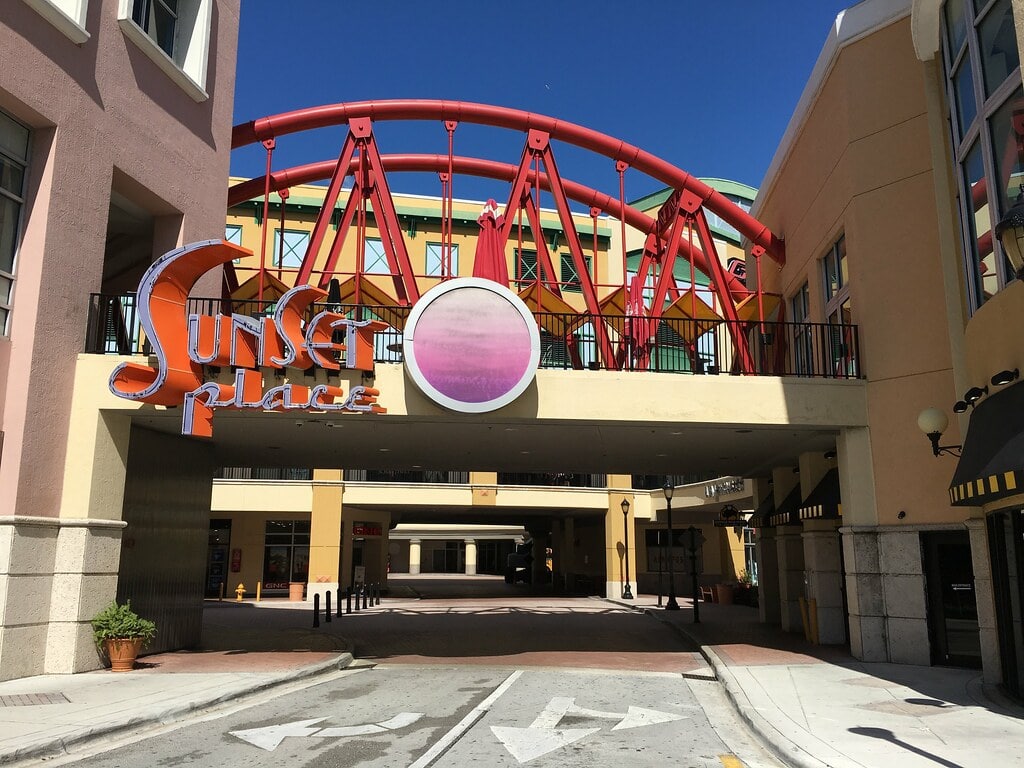
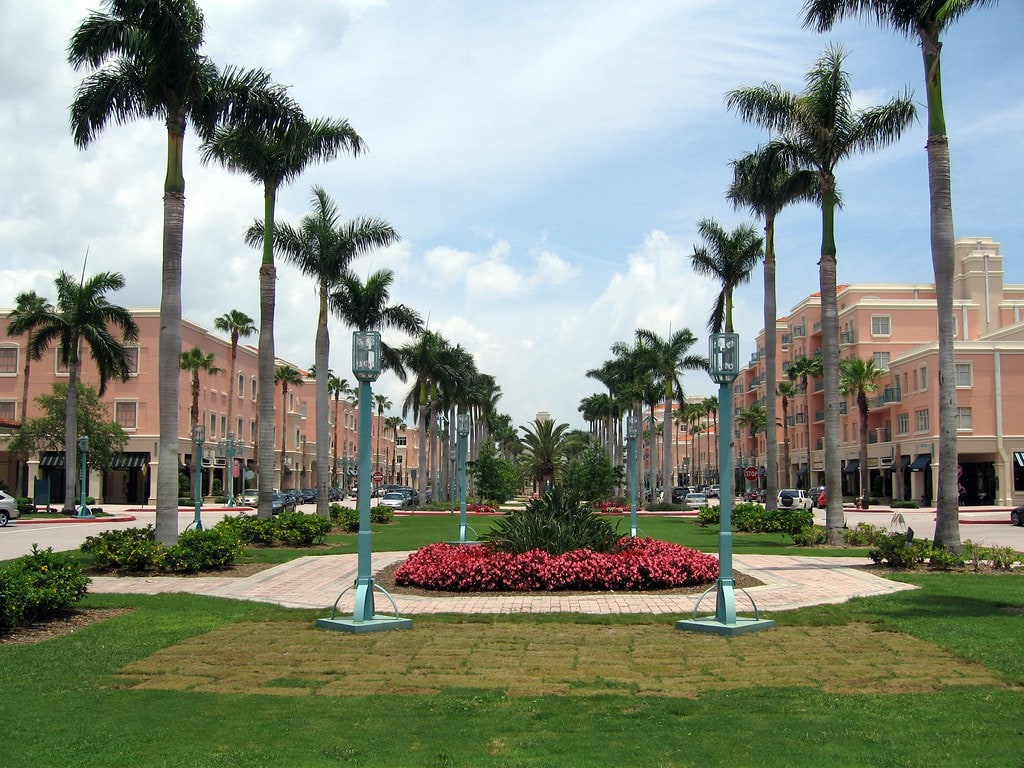
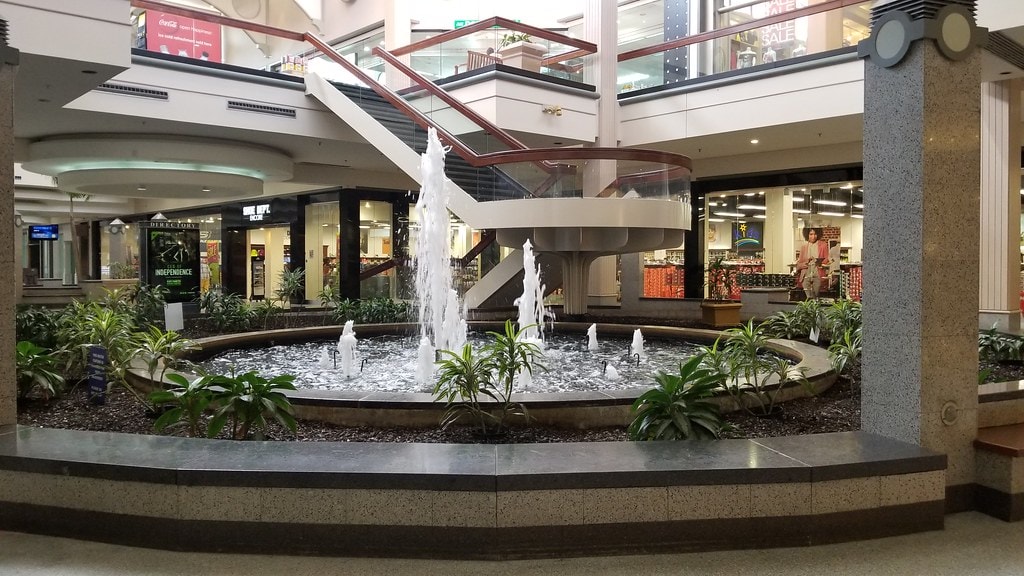
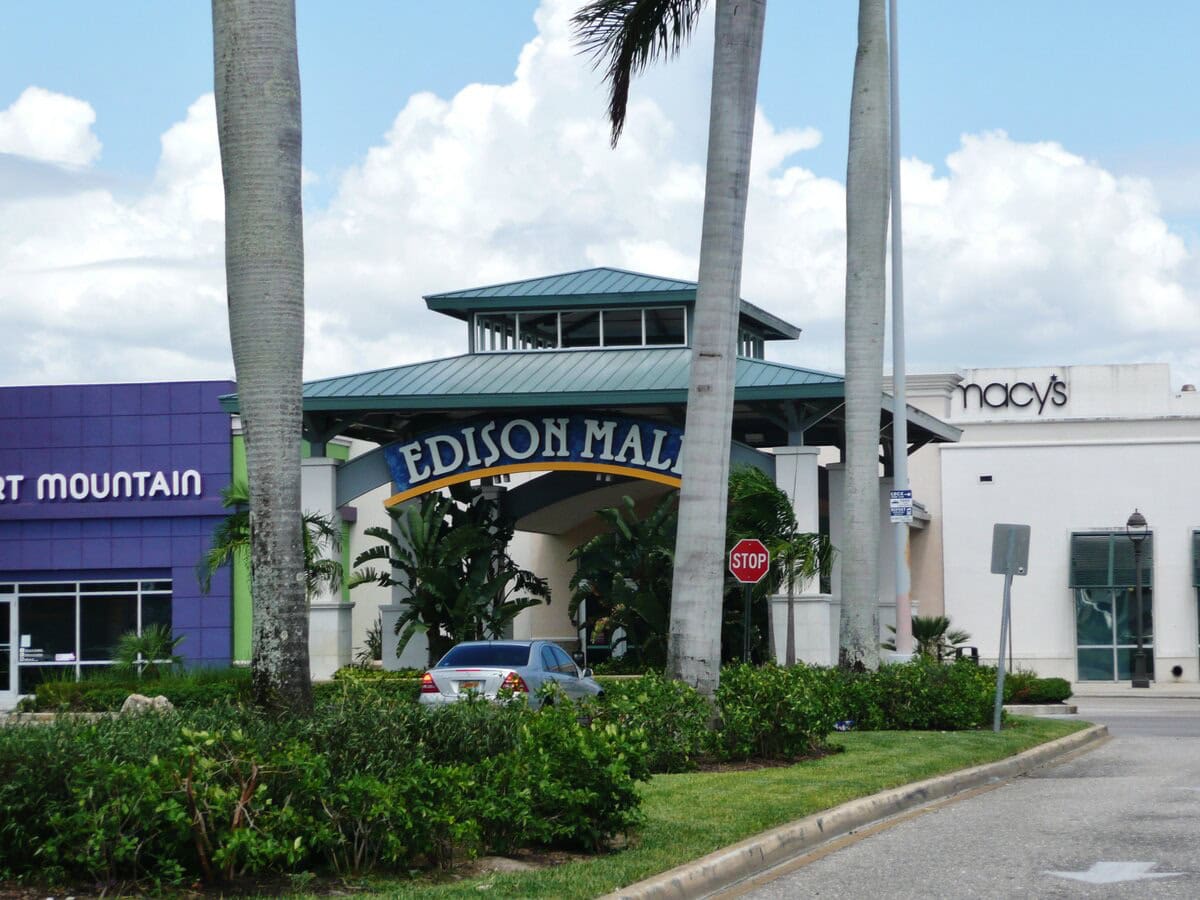

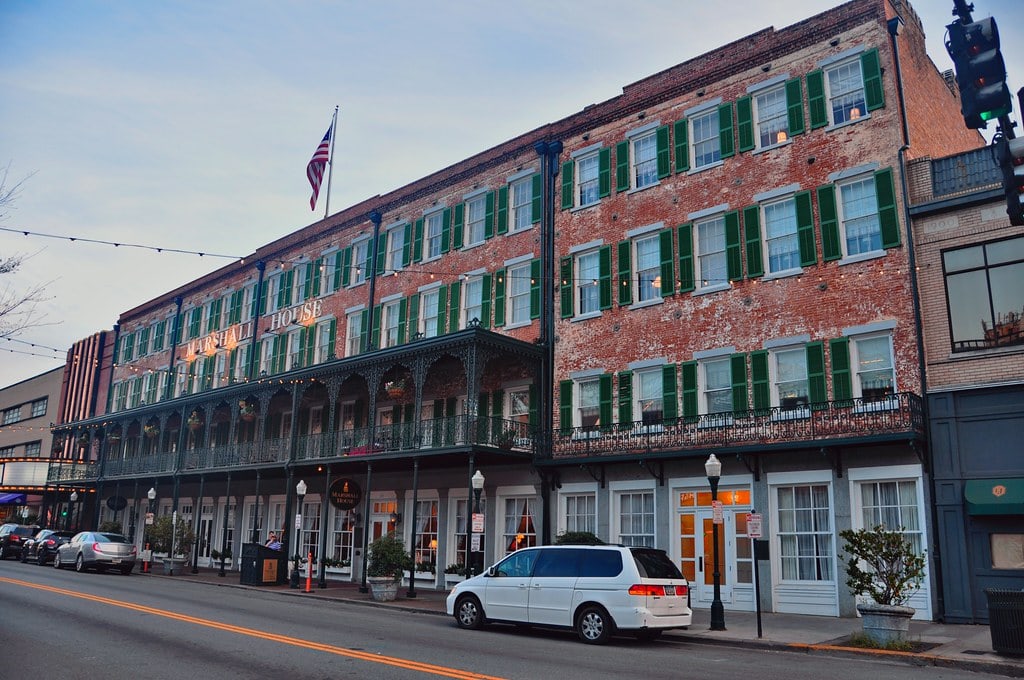
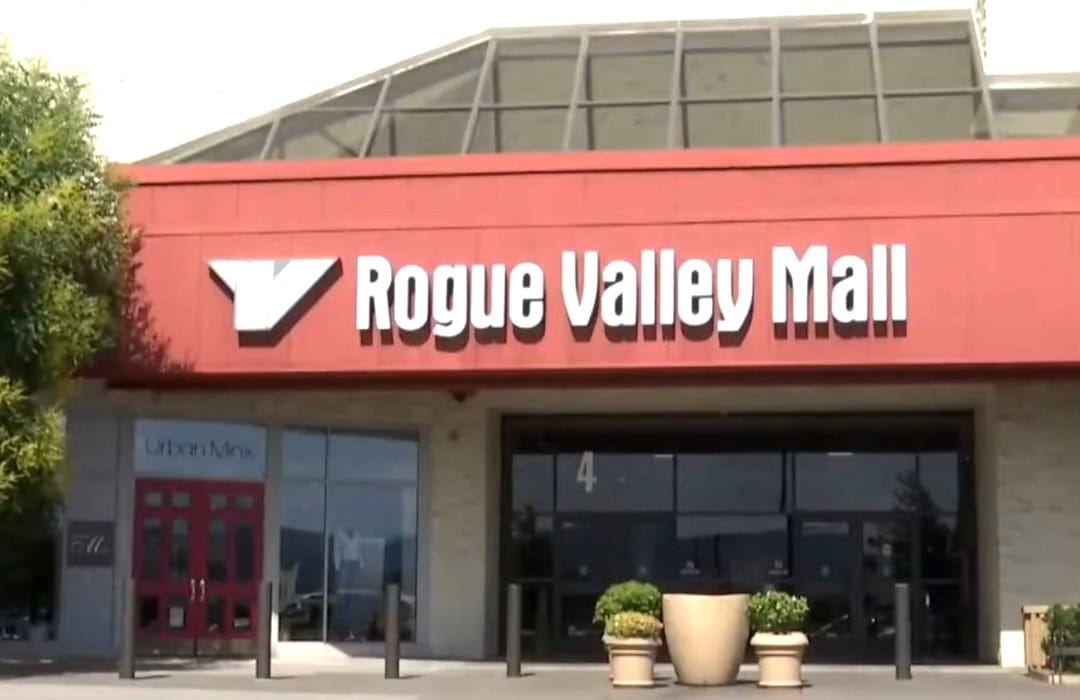
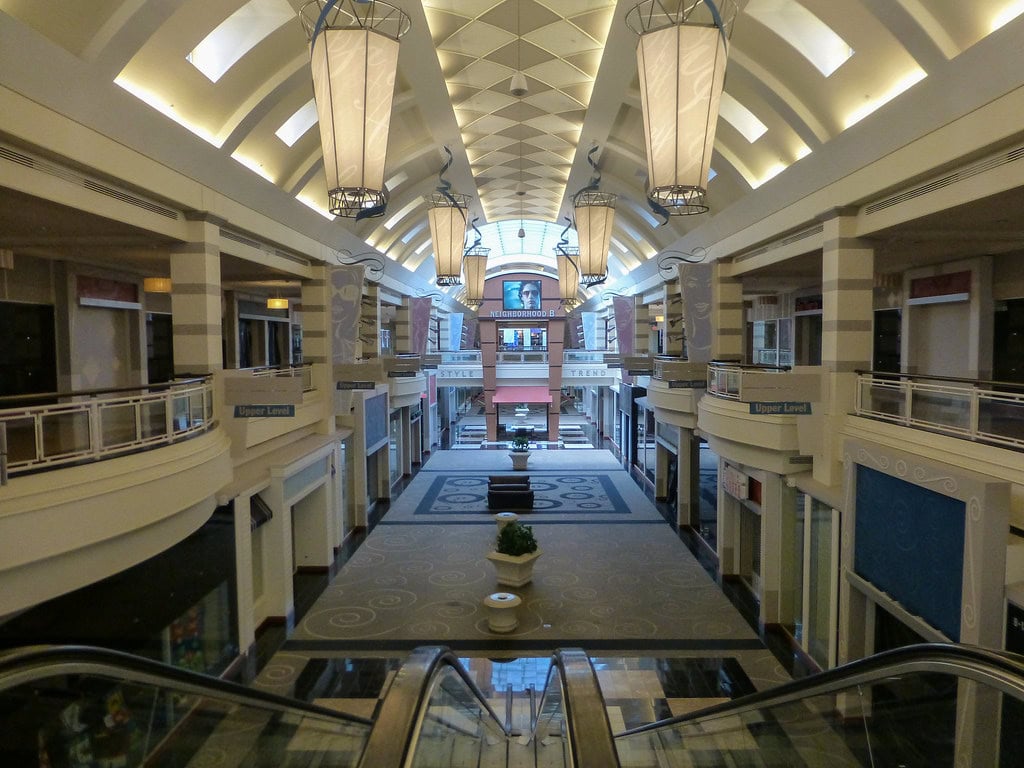
Who knew Buckhead once lacked major retail? Not myself. Also, having a head start likely set the stage for featuring trendy, swanky shops that are only at a handful other malls like Phipps and Perimeter.
The comparison to Phipps and Perimeter works especially well if you track how each mall transitioned. Lenox started practical, not posh, but it had time to shift gears, and it used that time well.